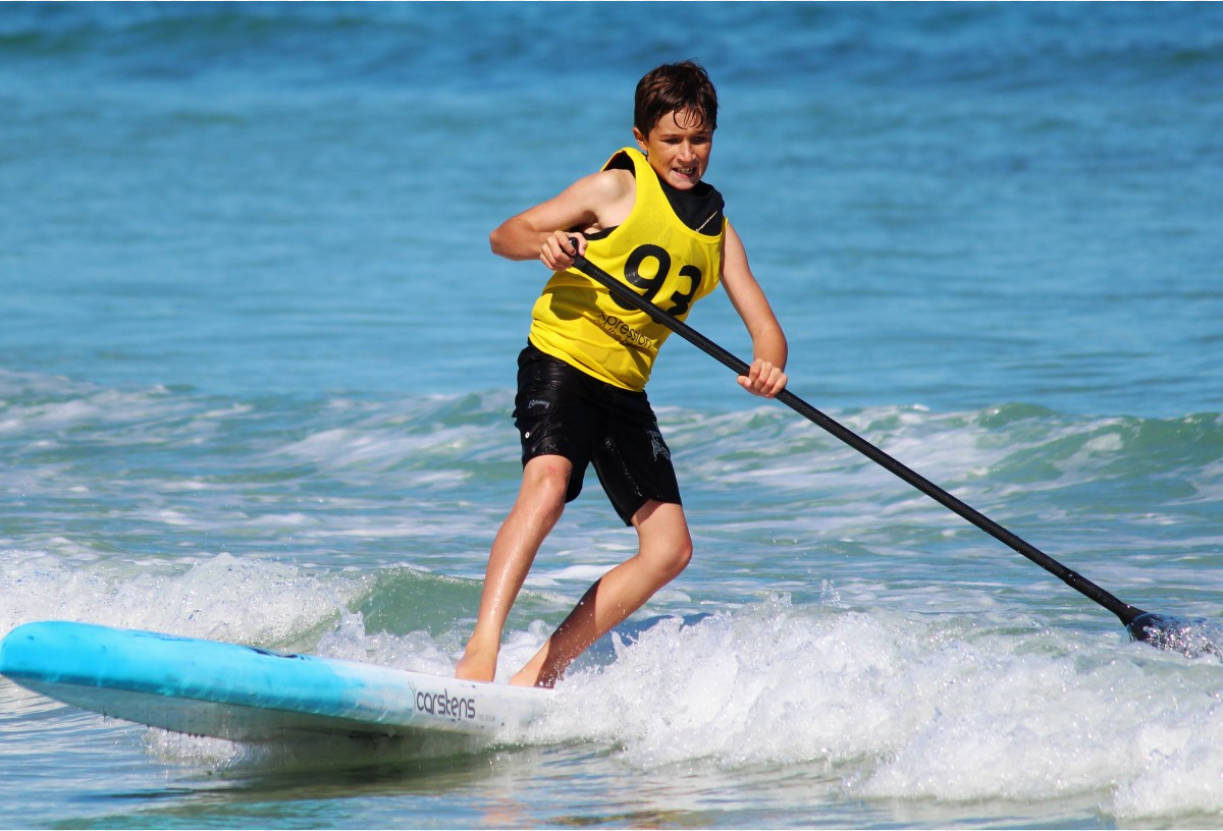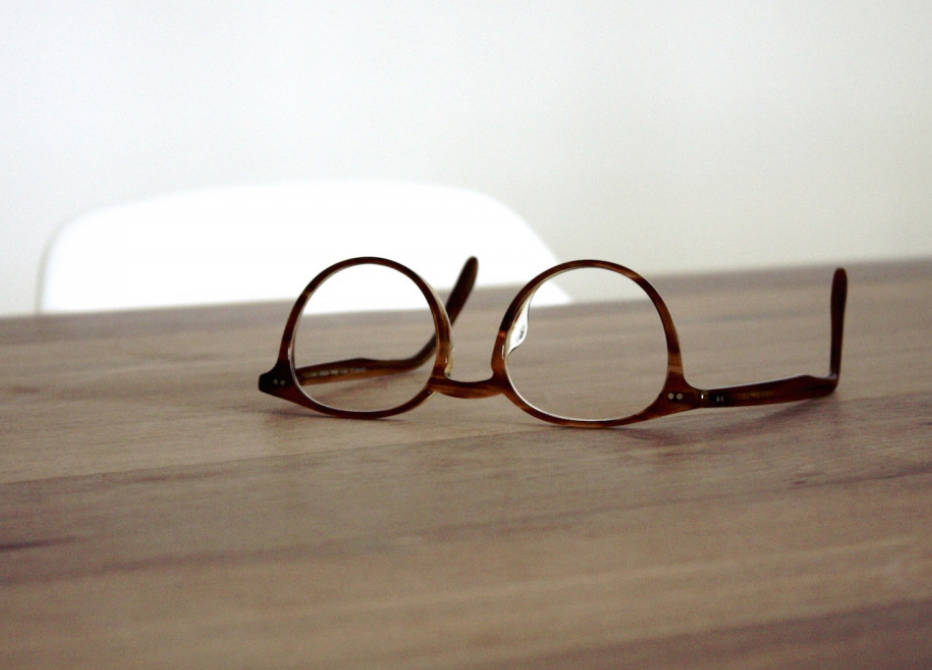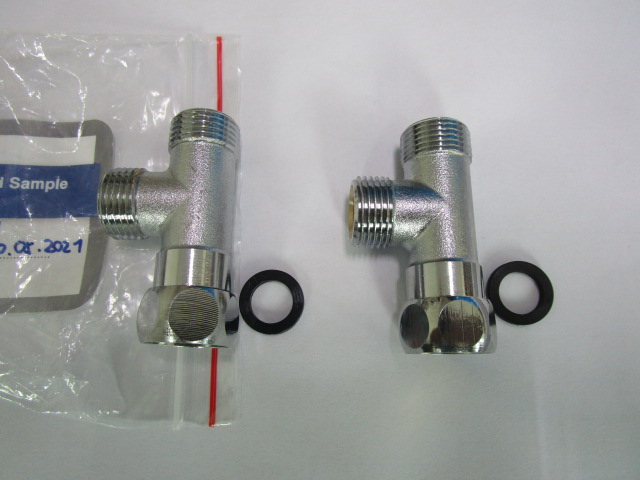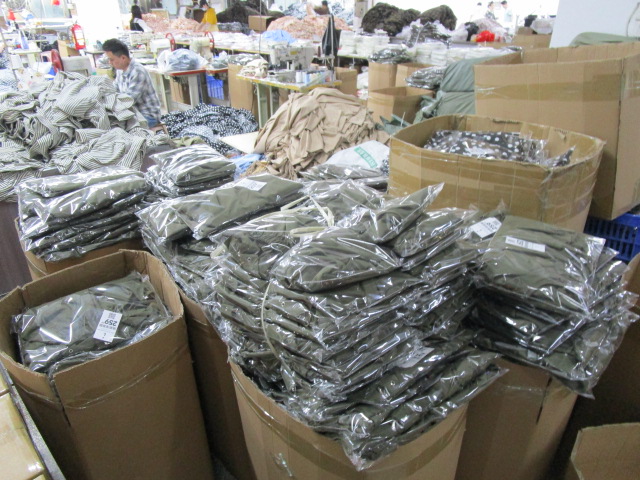
The eyeglass frame industry, intertwined with fashion and necessity, has seen a surge in production diversity, leading to a significant need for stringent quality control measures. As eyeglass frames play a pivotal role in both vision correction and style statement, ensuring their quality through pre-shipment inspection becomes paramount. This article provides an in-depth exploration of pre-shipment inspection procedures for eyeglass frames.

Contents
1. Why is Pre-Shipment Inspection Crucial?
Quality Control: Given the vast number of manufacturers, consistent quality is paramount. The inspection process ensures that only top-notch products hit the shelves, preserving brand reputation and customer trust.
Safety Compliance: As frames have prolonged direct contact with the skin, they must not possess any attributes harmful to the wearer, such as rough edges or allergenic materials.
Regulatory Adherence: Different jurisdictions have distinct standards. Ensuring that products align with the destination country’s regulations is essential to avoid customs issues or product recalls.
2. Delving into the Inspection Process
-Thorough Visual Inspection: A meticulous visual examination is the first step. Check for aesthetic imperfections: scratches, dents, and discoloration. The symmetry, precise alignment of the branding, and the flawless functionality of components like hinges are paramount.
-Functionality Tests: Each component’s operation, from screws to nose pads, is examined. Frames should exhibit seamless operational flow, with no rigidity or vulnerability to damage during adjustments.
-Dimensional Analysis: Precision instruments, such as calipers, measure critical frame dimensions like lens diameter, bridge width, and temple length, ensuring they conform to product specifications.
-Material Verification: Spectrometry or specialized chemical tests can ascertain if the frames are made from the declared materials, be it acetate, titanium, or any other material.
-Durability Assessments: Stress tests replicate typical wear and tear. Methods include repetitively bending the temples, cyclically opening and closing the frame, and exerting stress on the bridge.
-Resistance to Chemicals: Especially vital for metal frames, this test assesses the frames’ resistance to common substances like sweat, make-up, or cleaners.
-Safety Protocols: Frames should be devoid of sharp edges or harmful chemicals that could elicit allergic reactions or skin irritations.
-Documentation Scrutiny: Every eyeglass frame should have accurate labels, including brand identifiers, material constituents, and serial numbers. Inspectors also verify associated paperwork, such as certificates of compliance, to ensure authenticity.
3. Best Practices in Inspection
-Sampling Techniques: Inspecting every unit isn’t feasible, hence adopting a recognized sampling strategy like the AQL (Acceptable Quality Level) is standard.
-Tool Integration: Leveraging tools, from magnifying glasses to spectrometers, enhances the accuracy of the inspection process.
-Optimal Environment: A well-lit, distraction-free zone is crucial for inspectors to maintain focus and detect even minute defects.
-Detailed Reporting: After inspection, a comprehensive report gets generated, highlighting any discrepancies, often supported by visual evidence.
4. Addressing Detected Deficiencies
Upon the discovery of defects, several measures get initiated:
-Rework: Minor issues might necessitate a simple rework, rectifying the detected faults.
-Replacement: More significant problems could lead to frame replacements to maintain batch quality.
-Shipment Pause: In extreme cases, shipments might be halted until overarching concerns are addressed and resolved.
5. Continuous Feedback Loop
Establishing a feedback mechanism with manufacturers based on inspection results fosters continuous improvement, refining production processes and minimizing future discrepancies.
The primary international standard for eyeglass frames is set by the International Organization for Standardization (ISO). The main standards related to spectacle frames include:
1.ISO 12870: Eyewear – Spectacle frames – Requirements and test methods
This standard provides specifications on requirements and test methods for spectacle frames with regard to their physical and mechanical properties. The criteria set in this standard address areas such as durability, stability, and size among others.
2.ISO 8624: Spectacle frames – Specifications and test methods for spectacle frames for children
This standard is specially designed for frames intended for use by children. It includes requirements and test methods specific to ensuring the safety and suitability of frames for younger wearers.
3.ISO 21987: Ophthalmic optics – Mounted spectacle lenses
Although this standard is more about lenses, it includes specifications for lenses as they relate to their mounting in spectacle frames. It addresses dimensions and other properties of lenses as they’re assembled into frames.
Manufacturers of eyeglass frames generally adhere to these standards to ensure their products are safe, durable, and suitable for consumers worldwide. That said, many countries might have their own national standards or regulations in addition to these international standards. Always check both international and local standards when considering the production or sale of eyeglass frames in a specific market.
Conclusion
Pre-shipment inspection, a blend of art and science, is the backbone of quality assurance in the eyeglass frame industry. By adopting meticulous procedures and integrating best practices, businesses can assure consumers of both the aesthetic appeal and functional robustness of their products, fortifying brand trust and industry reputation.




